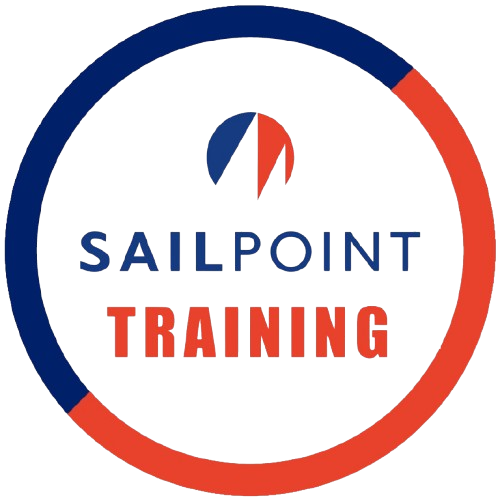Introduction
Imagine you’re the captain of a ship navigating through treacherous waters. The crew relies on your ability to delegate tasks effectively to keep the vessel steady and on course. Similarly, in the vast sea of identity governance and administration (IGA), role creation, assignment, and lifecycle management serve as your compass, guiding your organization towards optimal security and compliance.
This article will explore the nuances of role creation, assignment, and lifecycle management within the context of SailPoint training. Let’s dive into actionable insights that will not only enhance your understanding but also bolster your skill set.
The Importance of Role Creation in SailPoint
At the heart of any effective IGA strategy lies role creation. But what exactly does this entail? Role creation goes beyond simply defining access levels; it is about aligning roles with business objectives and user needs. A well-crafted role can significantly reduce the overhead of managing access rights.
For instance, consider a financial institution that categorizes its employees into roles such as “Loan Officer,” “Branch Manager,” and “Compliance Officer.” Each role is tailored to protect sensitive information while ensuring that employees can perform their functions efficiently. Statistics show that companies that implement role-based access control (RBAC) can achieve a 30% reduction in security incidents, emphasizing the necessity of proactive role creation.
Effective Role Assignment: Streamlining Access
Once roles are established, the next step is role assignment. This can feel akin to matching puzzle pieces—each piece (role) must fit perfectly with the right person in your organization.
When assigning roles, consider the following strategies:
- Automated Provisioning: Automate the assignment process with SailPoint’s capabilities to ensure that employees receive the necessary roles promptly, minimizing delays.
- Peer Reviews: Involve stakeholders in reviewing role assignments to enhance accuracy and reduce errors.
- Dynamic Role Assignment: Implement policies that allow for real-time adjustments based on employee changes like promotions or project shifts.
A real-world example includes a healthcare provider that adopted dynamic role assignment within SailPoint. By doing so, they slashed assignment turnaround times by 50%, effectively enabling staff access to critical systems without compromising security.
The Lifecycle Management of Roles: Maintaining Relevance
Now that roles are created and assigned, how do you ensure they remain relevant? This is where lifecycle management comes into play, a critical component of role creation, assignment, and lifecycle management.
Lifecycle management involves the systematic review, update, and retirement of roles based on several factors:
- Regular Audits: Conduct periodic assessments of role effectiveness against current business needs and regulatory requirements.
- Employee Feedback: Collect feedback from end-users about their experiences with assigned roles to identify gaps and areas for improvement.
- Compliance Review: Align role management with compliance needs to minimize risks associated with access rights.
A notable case study to highlight is a large retail chain that implemented role lifecycle management in SailPoint. By regularly reviewing roles and incorporating user feedback, they improved user satisfaction scores by 40% while ensuring compliance with internal policies.
Innovations and Future Trends in Role Management
As we look ahead, exciting innovations are set to redefine how organizations approach role creation, assignment, and lifecycle management. Artificial intelligence (AI) and machine learning (ML) are leading this charge—analyzing user behaviors to suggest optimal role assignments and predict necessary changes in real-time.
Imagine a system that learns from your organization’s access patterns and automatically adjusts roles based on emerging trends. This not only boosts security but enhances operational efficiency, allowing the organization to focus on its core mission.
Conclusion
Mastering role creation, assignment, and lifecycle management in SailPoint is not just a technical necessity; it’s a strategic advantage. By building tailored roles, assigning them effectively, and managing their lifecycle, your organization is not only fortified against security threats but is also primed for growth in a rapidly evolving landscape.
FAQs
What is the significance of role creation in an organization?
Role creation is essential for defining access controls that align with an organization’s operational goals while minimizing security risks.
How can automated provisioning improve role assignment?
Automated provisioning streamlines the assignment process, ensuring timely access for employees and reducing the potential for errors or delays.
What best practices should be followed for role lifecycle management?
Best practices include conducting regular audits, soliciting employee feedback, and aligning role management with compliance and business strategies.
How does AI influence role management?
AI helps by analyzing user behaviors and suggesting optimal role assignments, which enhances security and operational effectiveness.
Why is periodic role review important?
Periodic role review ensures that roles remain relevant and effective in meeting current business needs and compliance requirements.
